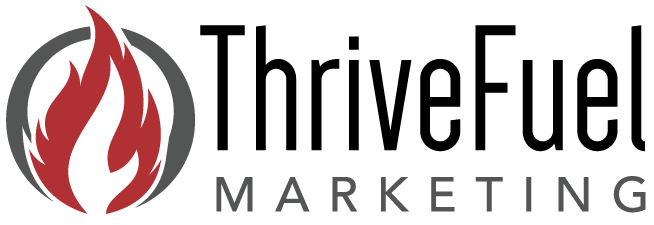As we approach the new year, it’s time to start thinking about how to make the most of your 2025 advertising budget. Planning your ad budget effectively is crucial for driving growth, maximizing ROI, and staying ahead in the competitive market. In this blog, we’ll delve into actionable strategies and insights to help you allocate your ad budget efficiently and effectively.
1. Assess Your Current Marketing Performance
Before you can plan for the future, it’s essential to understand your current standing. Analyze the performance of your 2024 ad campaigns. Identify which strategies and channels delivered the highest ROI and which ones underperformed. Use tools like Google Analytics, or your CRM software to gather this data.
2. Set Clear and Measurable Goals
Your ad budget should be aligned with your business objectives. Whether you aim to increase brand awareness, generate leads, or boost sales, setting clear and measurable goals is vital. These goals will guide your budget allocation and help you track progress throughout the year.
3. Understand Your Customer Journey
Understanding the customer journey is critical for effective ad budget planning. Identify the key touch points where your audience interacts with your brand. This knowledge will help you allocate funds to the most impactful stages of the journey, ensuring that your ads resonate with potential customers at the right time.
4. Utilize the 70-20-10 Rule
A tried-and-true method for budget allocation is the 70-20-10 rule. Allocate 70% of your budget to proven strategies that consistently deliver results. Dedicate 20% to new initiatives that have shown potential, and reserve 10% for experimental tactics. This approach balances stability with innovation, allowing you to explore new opportunities without jeopardizing your core activities.
5. Leverage Data-Driven Insights
Data is your best friend when planning an ad budget. Use data-driven insights to inform your decisions. Tools like Google Ads, Meta Ads Manager (Facebook and Instagram), and various SEO analytics platforms provide valuable data on audience behavior, ad performance, and keyword effectiveness. Leverage these insights to optimize your budget allocation.
6. Prioritize High-ROI Channels
Not all advertising channels are created equal. Identify the channels that deliver the highest ROI for your business. For many companies, this might include paid search, social media advertising, or email marketing. Prioritizing these channels will ensure that your budget is spent where it has the most significant impact.
7. Plan for Seasonal Variations
Consider the seasonal variations that affect your industry. Allocate a portion of your budget to capitalize on peak times when consumer interest is highest. For example, if you’re in retail, major holidays like Black Friday or Christmas might require a larger ad spend to capture increased consumer spending.
8. Allocate Funds for Content Creation
Content is a cornerstone of effective advertising. Ensure that a portion of your budget is dedicated to creating high-quality, engaging content. This includes videos, blog posts, infographics, and other forms of content that can enhance your ad campaigns and attract your target audience.
9. Keywords Can Stretch Your Budget
Maximizing your ad budget is all about working smarter, not harder. By leveraging SEO (Search Engine Optimization) and Google Business Profile (GBP) keywords, you can boost your online presence without breaking the bank. Effective SEO keywords enhance your website’s visibility in organic search results, attracting more visitors without heavy paid advertising, saving money while reaching a wider audience! On the local front, optimizing your GBP with targeted local keywords ensures visibility in local searches, connecting with nearby customers more effectively and potentially reducing ad costs.
Aligning your SEO and GBP strategies with paid advertising efforts ensures your message is consistent, your ads are more relevant, and your marketing budget goes further. Want to dive deeper into how SEO and GBP keywords can optimize your marketing strategy? Check out ThriveFuel’s SEO audit and GBP KW audit. These tools offer insights to help enhance your online visibility and maximize your ad spend like a pro!
10. Factor in Technological Advancements
Stay updated with the latest technological advancements in advertising. Platforms like Google and Facebook constantly update their algorithms and ad formats. Invest in training or hire experts who can help you navigate these changes and ensure your ads are optimized for the latest trends.
Review and Adjust Regularly
An ad budget is not a set-it-and-forget-it plan. Regularly review your ad performance and make adjustments as needed. Monthly or quarterly reviews can help you stay on track and make necessary changes to maximize your ROI.
Planning your 2025 ad budget requires a strategic approach that blends proven tactics with innovative strategies. By understanding your current performance, setting clear goals, leveraging data, and staying flexible, you can create an ad budget that drives success throughout the year. Start planning now, and make 2025 your most successful year yet!
Ready to dive deeper into ad budget planning? Contact us at ThriveFuel Marketing for personalized advice and insights tailored to your business needs.
Shannon Ellisor
Vertical Accounts Director
ThriveFuel Marketing



